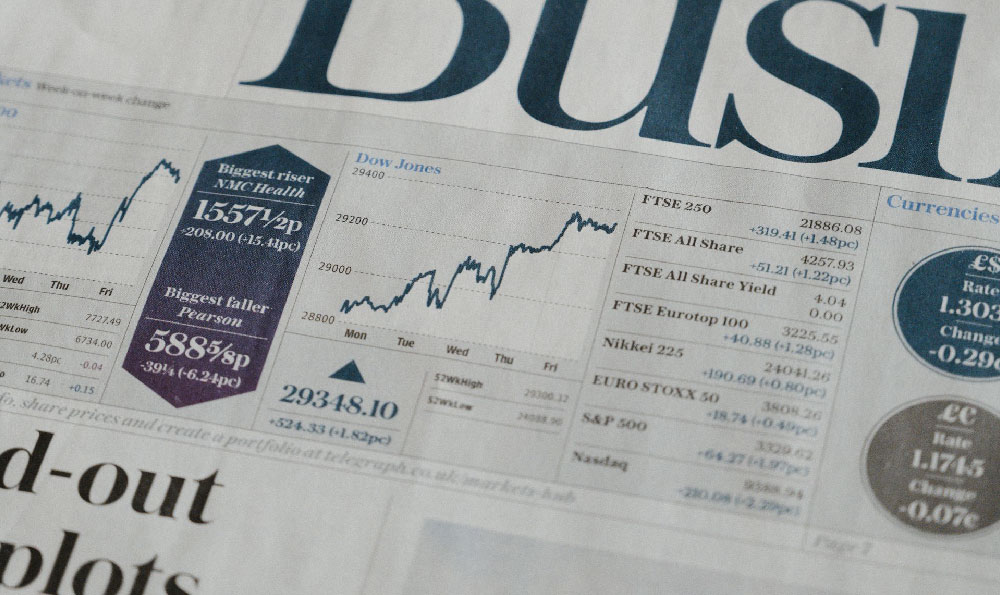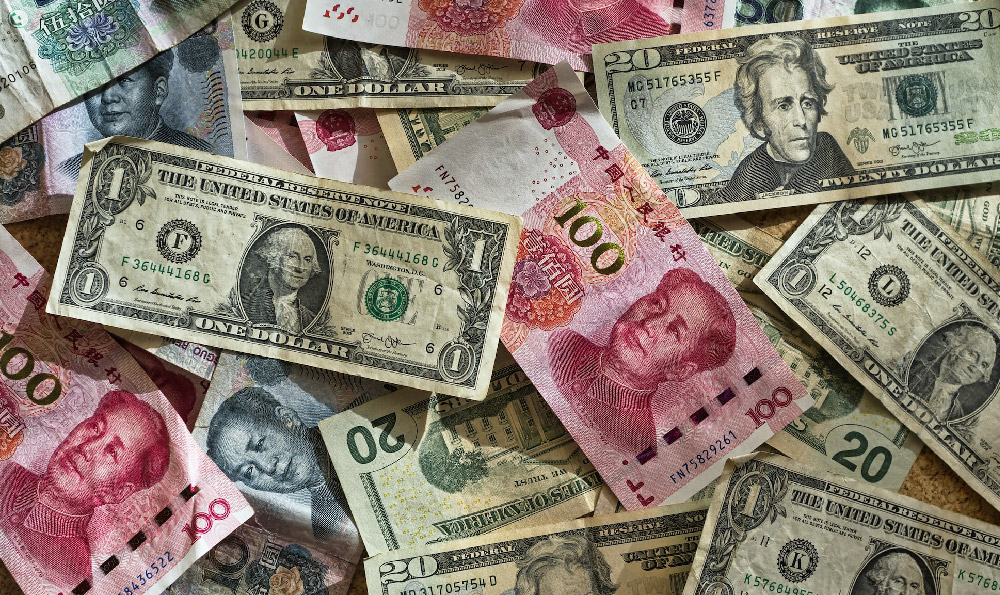Let's delve into the financial engine of Red Bull, examining how this energy drink giant generates its impressive revenue streams and whether its business model translates into substantial profitability. Red Bull's primary source of income, undeniably, stems from the sale of its iconic energy drinks. However, understanding the nuances of this revenue generation requires a more granular approach.
The core product, the original Red Bull Energy Drink, is responsible for the lion's share of sales. Its widespread availability is crucial. Red Bull leverages an extensive distribution network, reaching consumers through various channels. These include supermarkets, convenience stores, gas stations, vending machines, bars, restaurants, and even online retailers. This omnichannel strategy ensures that Red Bull is accessible to consumers practically anywhere and anytime they might need an energy boost. This aggressive distribution is key; it’s not just about having a good product, it's about ensuring it's always within reach.
Beyond the original flavor, Red Bull has diversified its product line with variations like Red Bull Sugarfree, Red Bull Zero, and Red Bull Editions (which include flavors like watermelon, blueberry, and tropical). This expansion caters to a broader consumer base, appealing to those who are health-conscious, those seeking different taste profiles, and those simply looking for novelty. These different product lines allow Red Bull to capture different segments of the energy drink market and increase overall sales volume. The Editions, in particular, often act as limited-time offers, creating a sense of urgency and driving sales.

Another significant aspect of Red Bull's revenue model is its premium pricing strategy. Red Bull consistently positions itself as a premium product in the energy drink market. It charges a higher price point compared to many of its competitors. This premium pricing is justified (at least in the eyes of consumers) by the brand's association with extreme sports, high-energy activities, and a perceived quality. This brand image is carefully cultivated through extensive marketing and sponsorship activities.
Speaking of marketing, Red Bull's spending on advertising, sponsorships, and event marketing is enormous. While this represents a substantial cost, it’s also a critical driver of revenue. Red Bull sponsors a vast array of extreme sports athletes, teams, and events, from Formula 1 racing to cliff diving, mountain biking, and eSports. These sponsorships create a powerful brand association with energy, performance, and adventure. Furthermore, Red Bull produces high-quality video content and marketing campaigns that are widely shared on social media platforms, further amplifying its brand message and reaching a global audience. This constant and pervasive marketing reinforces the premium image and drives consumer demand. It creates a perception of Red Bull as more than just a drink; it's a lifestyle.
Now, to address the question of profitability. While Red Bull is a privately held company and doesn't disclose its financial details publicly with complete transparency, all indications suggest that it is indeed highly profitable. The company enjoys strong brand recognition, a loyal customer base, and a premium pricing strategy, all of which contribute to high profit margins. The high price point, coupled with efficient production and distribution, means that each can of Red Bull generates a significant profit margin.
However, it's important to consider the significant costs associated with Red Bull's business model. The extensive marketing and sponsorship activities represent a major expense. Manufacturing, distribution, and operational costs also contribute to the overall cost structure. Moreover, the energy drink market is highly competitive, with numerous players vying for market share. Red Bull faces competition from established brands like Monster and Rockstar, as well as a plethora of smaller, regional brands. This competitive landscape requires Red Bull to continually invest in innovation and marketing to maintain its market position. Regulatory scrutiny regarding the health effects of energy drinks also presents a potential risk, although Red Bull has largely navigated these challenges successfully.
Despite these challenges, Red Bull's strong brand, effective marketing, and premium pricing strategy have enabled it to generate substantial profits. While the precise figures are not publicly available, industry analysts estimate that Red Bull's profit margins are significantly higher than those of many other beverage companies. The company's ability to command a premium price, combined with its efficient operations, has allowed it to build a highly profitable business. The continued expansion into new markets and product categories suggests that Red Bull is well-positioned to maintain its profitability in the years to come.
In conclusion, Red Bull generates revenue primarily through the sale of its energy drinks, leveraging a comprehensive distribution network, a diversified product line, and a premium pricing strategy. The company's extensive marketing and sponsorship activities play a crucial role in building brand awareness and driving consumer demand. While Red Bull faces significant costs and competition, its strong brand and efficient operations have enabled it to achieve substantial profitability. While specific financial data is not publicly released, all signs point to a highly profitable business model that continues to thrive in the global energy drink market. The company's ability to adapt to changing consumer preferences and navigate regulatory challenges will be key to its continued success.











